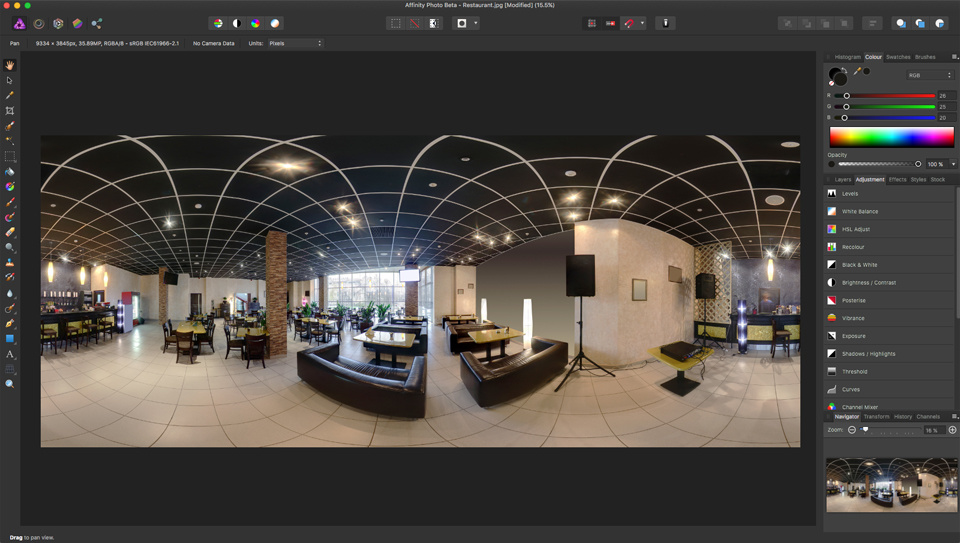

If you don’t understand what this means and want to know more, watch my Soft Proofing video on YouTube (below). Absolute Colourimetric is the default and a good starting point for most prints. Next, you need to select the Rendering Intent to use. I will repeat, if you don’t use the correct ICC profile, Affinity Photo can’t accurately simulate the print. If there isn’t a profile available, switch to a paper that you can get the profile for. If you don’t have the correct profile installed on your computer, stop what you’re doing and download it. If you don’t select the correct profile, Affinity Photo won’t be able to accurately simulate your print. This is essential and you can just pick a different profile because you don’t have the correct one installed. The first task with the dialog is to select the ICC profile (Proof Profile) for the paper and printer combination you’re using. The Soft Proof DialogĪdding a Soft Proof layer will open the Soft Proof dialog which can you can see below.

If it’s not on top, you need to click and drag it to the top before you do anything else. You don’t want any other layers on top of this Soft Proof layer. It’s important to ensure the new Soft Proof layer is on top of the Layer Stack. You can do this by clicking the Soft Proof option in the Adjustment Studio Panel (on the right of the Photo Persona).

To Soft Proof your image in Affinity Photo adds a Soft Proof Adjustment Layer to the image. In Affinity Photo, you don’t need to do this. In some software like Lightroom, you can choose between simulating ink and paper or not. When you Soft Proof in Affinity Photo the software will automatically simulate the effect of applying ink to paper.

I’m going to deal with this in a separate future article.Ī Soft Proof is a representation of your image on a screen, as it would appear when printed. Apply print or output sharpening to the photo.I’m assuming here that you’re monitor is correctly calibrated and you’ve edited your photo to look the way you want it to. Think of photo printing in Affinity Photo as a three-step process.


 0 kommentar(er)
0 kommentar(er)
